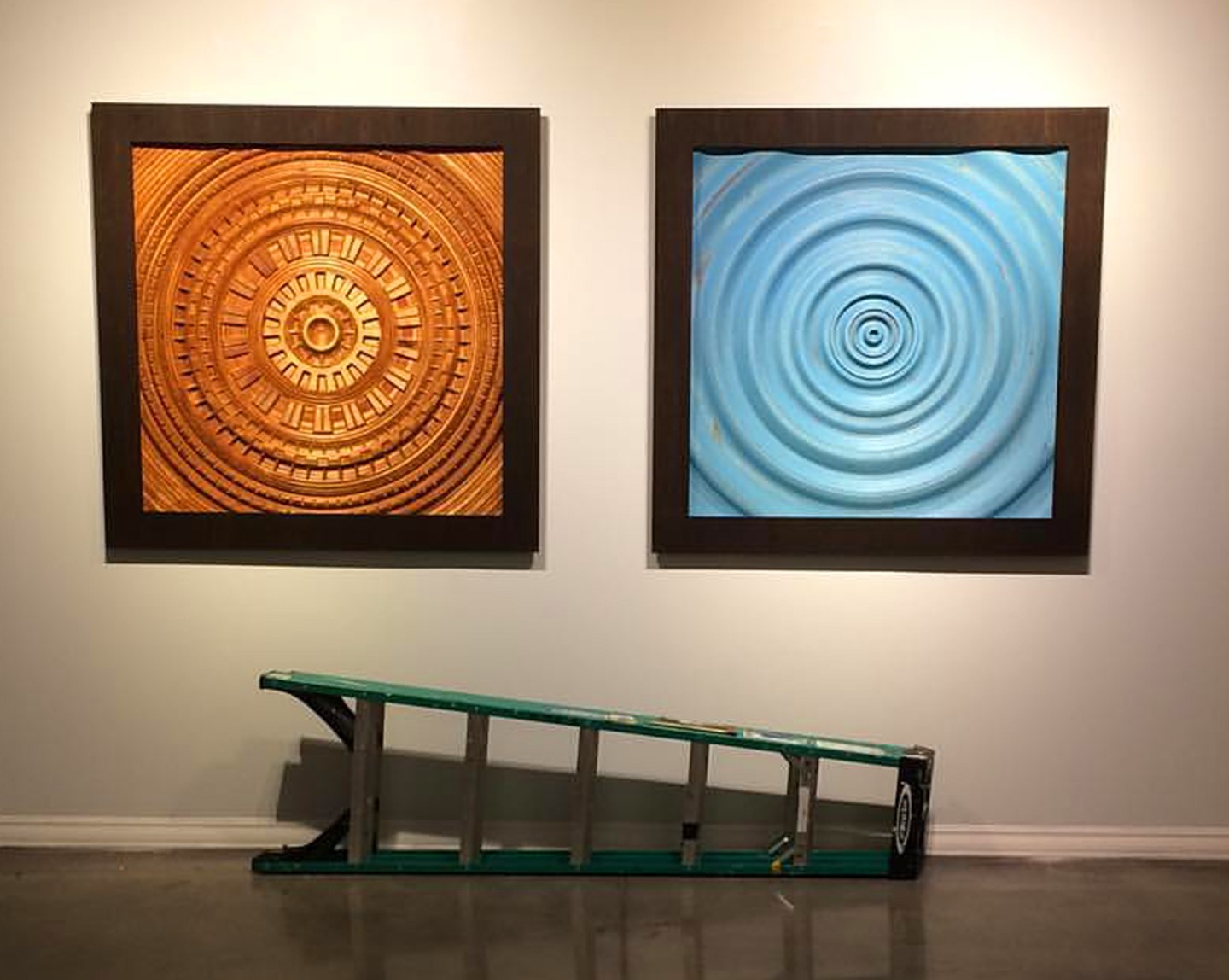Project Overview
Though the path to get here has been anything but linear, I have always wanted to teach art. As a student technician in dFab I fell deeper in love with the sharing of information and how just a casual conversation could improve the efficiency of an entire workflow or body of work. My research in dFab focused on improving accessibility to and establishing key concepts of digital fabrication.

Project evolution / Process / Challenges


As a student, I found creating vectors and 3d models was a major hurdle in getting to know digital fabrication, so I began my research by leading weekly workshops in Rhino. This served as a solid foundation on which to develop skills in 3D modeling, laser cutting, and machining. I developed routines which highlighted key concepts of any given process students were looking to engage with, peppering in as many cheesy metaphors as possible.
I spent my down time working on my own artwork and projects for clients, often using these projects as opportunities for demonstrating my artistic practice, fabrication techniques and design reasoning.
The impact of the Digital Fabrication Studios, and community at MICA

I lived in dFab during my time at MICA. Curated by the erudite McKibbin and an evolving motley crew of brilliant student technicians, it is filled to the brim with potential for growth in material and process exploration, Cartesian wizardry, and sweet nerdy vibes. I recognize that this atmosphere we have all helped to build in dFab played a major role in my growth as a student and teacher.

The takeaways
 I continue to teach courses at MICA and elsewhere, with a focus in digital fabrication. I have a full time job as a designer and fabricator for a custom fabrication shop near DC. I now live at the Pleasant Valley Sculpture Park of Westminster, MD where I continue to art, learn, grow, and love.
I continue to teach courses at MICA and elsewhere, with a focus in digital fabrication. I have a full time job as a designer and fabricator for a custom fabrication shop near DC. I now live at the Pleasant Valley Sculpture Park of Westminster, MD where I continue to art, learn, grow, and love.